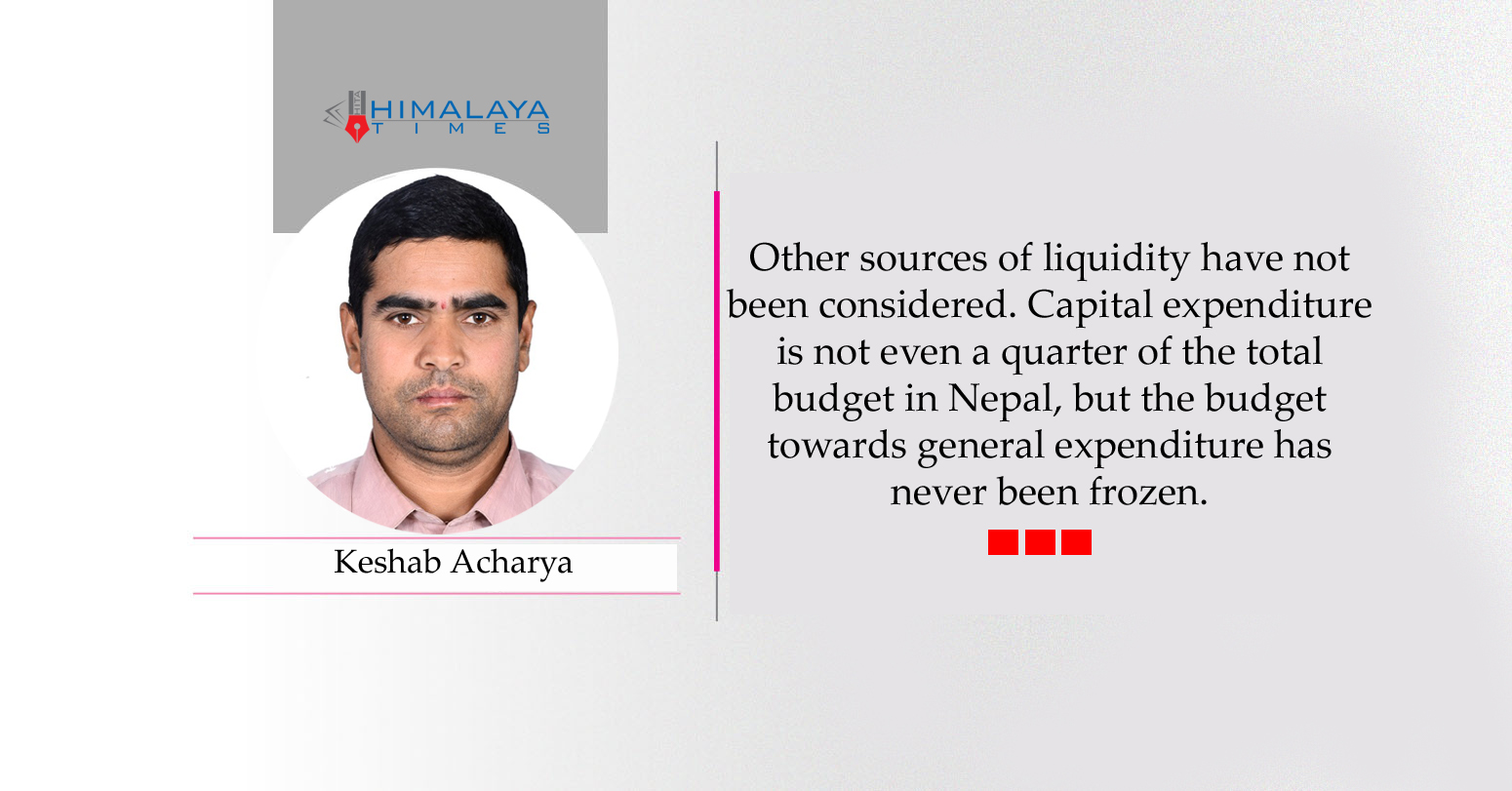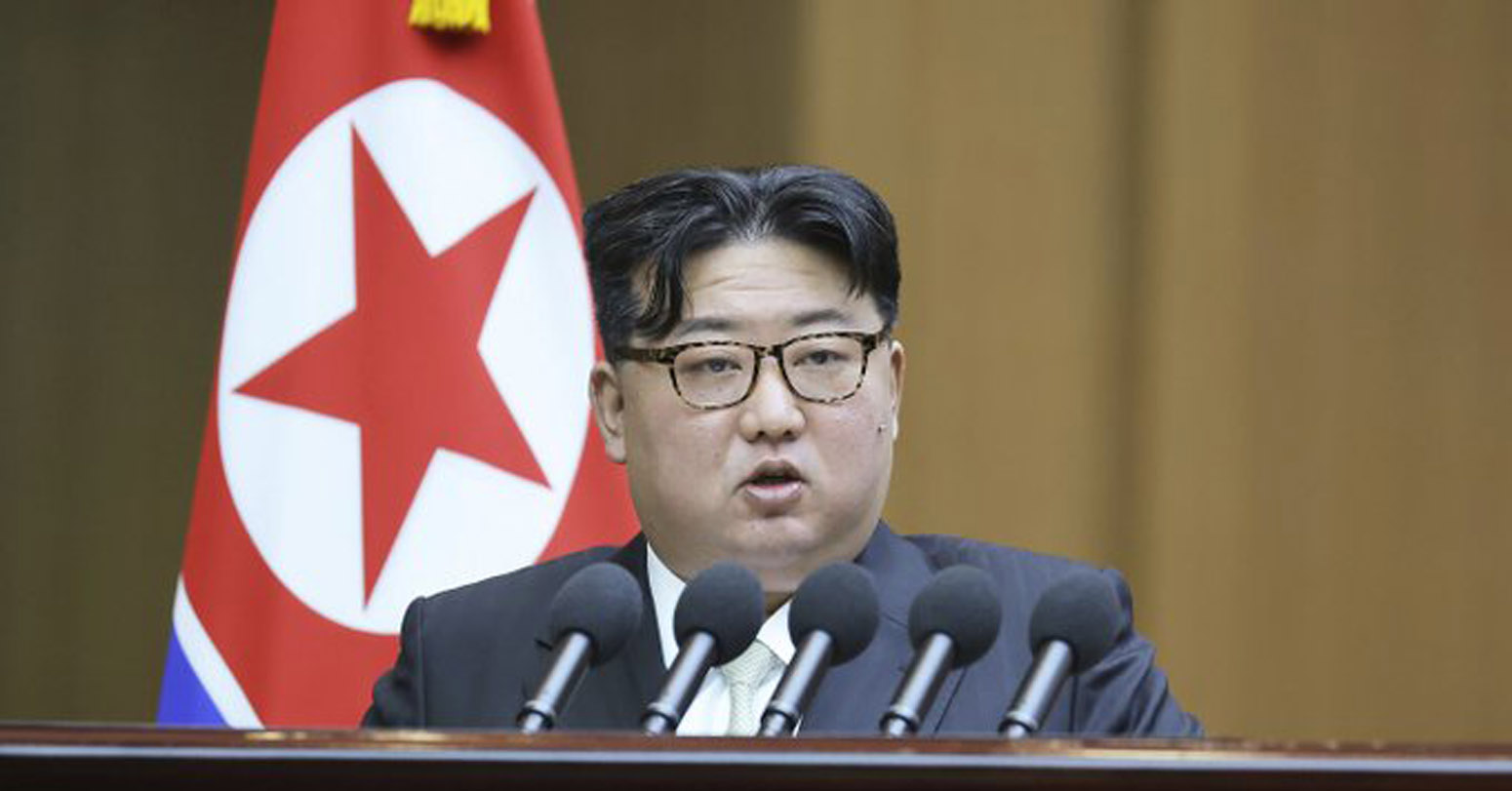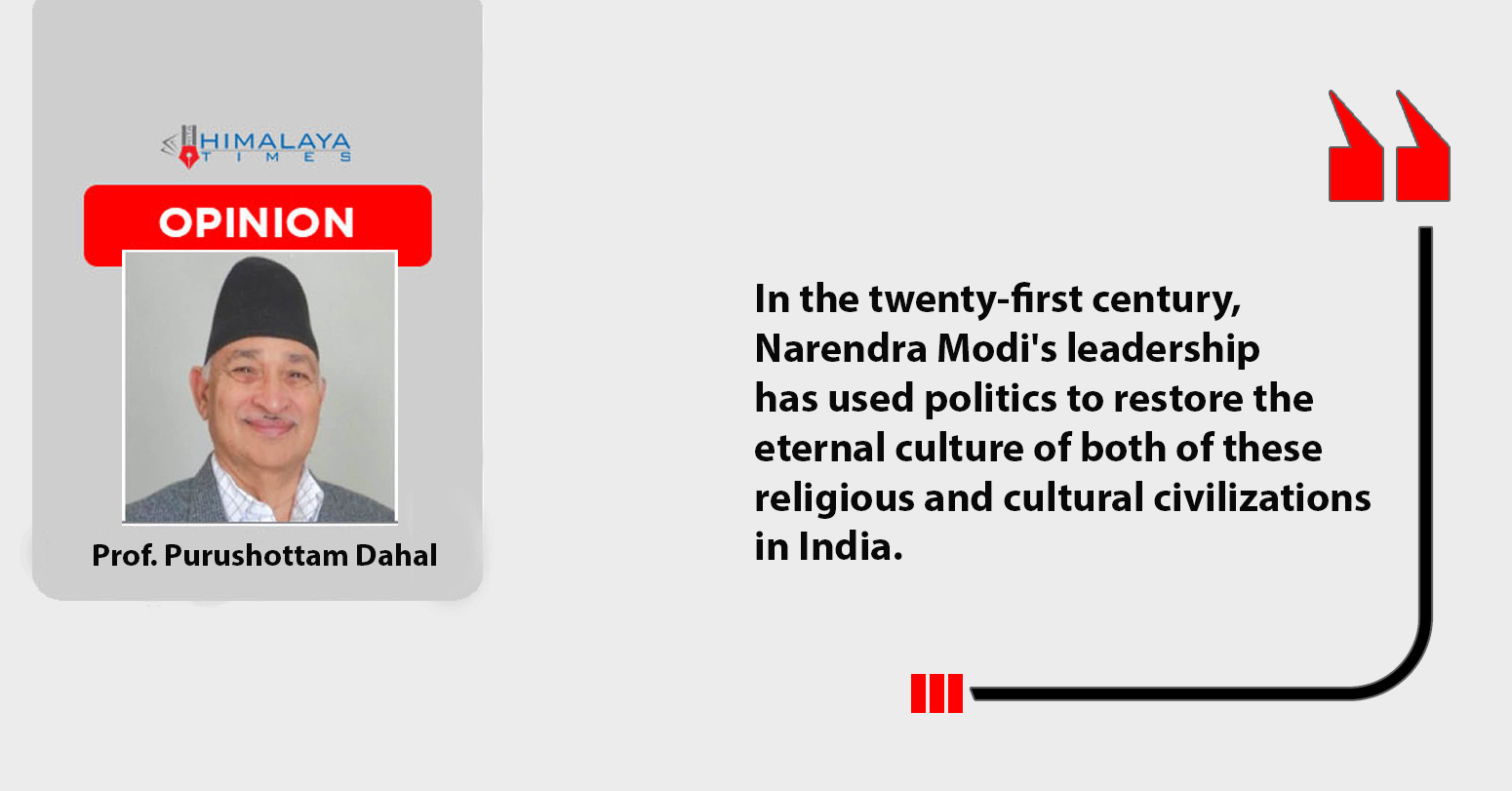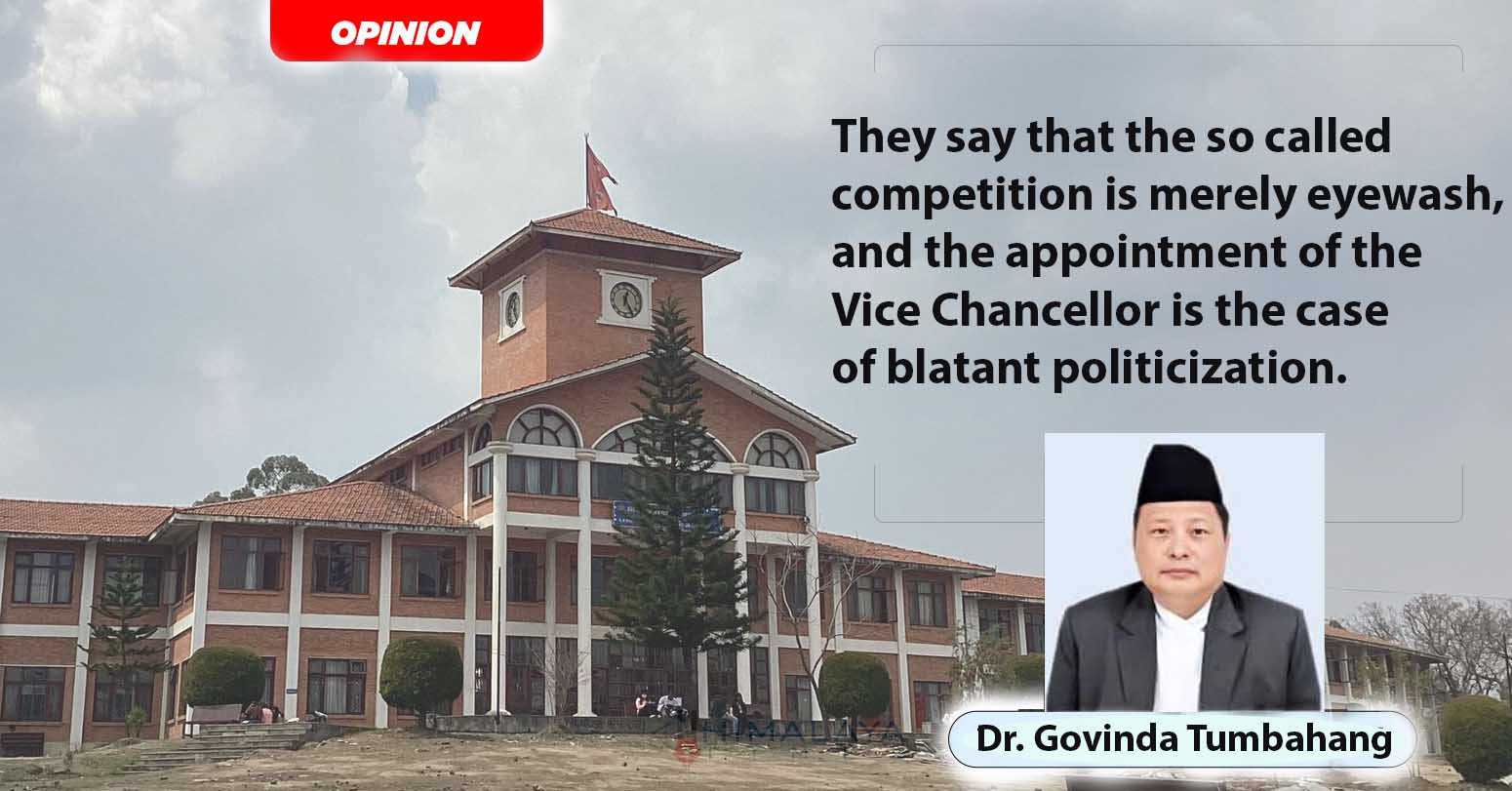- Keshab Acharya
In recent years, the economy has been far away from economic policies and government trust. Due to the rapid changes of government, there are many expressing concerns about the economy. The promises made to improve the economy has also not touched the market. Even though the political system is advertising economic development as the main theme, the confidence of the common citizens has not increased. Even though it is mentioned in policies and programs, it is not functionally put into practice.
This confusion over the economy is increasing distrust in the government among common people. Since the honesty in the speech of the state’s administrators is fading, the trust in them is also decreasing. This decline in trust is a serious challenge for political parties. Trying to control all investments under one head to avoid the hassle of research, management and regulation can be fatal for the economy. Dissatisfaction with the provisions of current capital loan guidance is equal to the dissatisfaction with the financial mechanism of the government.
The government has returned the trade policy to the previous situation to deal with the increasing pressure on the fiscal budget rather than the improvement in the economic indicators.
The private sector is the economic partner of the government. Government, private sector and consumer are the major components of the economy. A possible crisis on the economy was impending with imposed restrictions on trade. All the restrictions imposed have been waived off recently. But the demand for goods in the market has not increased. This has reduced import and export and government revenue. The government has returned the trade policy to the previous situation to deal with the increasing pressure on the fiscal budget rather than the improvement in the economic indicators. It seems that the aim of the government is only to increase revenue and manage administrative expenses. As inflation increases, the government's role for its management is seen to be less than optimum. Today, the demand in the market is shrinking, despite this, the private sector is concentrating on earning profits.
People's daily necessities such as food, clothing, medical expenses, education, fuel, transportation are expensive. The daily living of consumers is becoming difficult due to continuous decline in income and rising prices. As the consumers are suffering day by day, it does not seem that the vision of a prosperous economy proposed by the government can be successful. The economic system is being influenced by the political views and viewpoints of the government administrators. Because of this, no matter how much the power is changing, the directors have not become sensitive about this issue.
Although the country has trade agreements with more than 110 countries of the world, the largest part of the trade is dependent on India. Nepal has to trade more than 60 percent with India alone. More than two-thirds of Nepal's trade and nearly 90 percent of its transportation depend on India. When prices rise in India, we have a natural impact, prices increases. But when rate declines in India, it is not found to decrease in Nepal, it is found to be continuously increasing. It seems that there is an inflation rate of 8 percent in Nepal now. The government has tried to control the money flow to reduce inflation. However, it did not have a positive effect on the market.
The data shows that there has been an improvement in the indices of foreign currency reserves, remittances, and banking deposits.
Now Nepal's economy is becoming debt-oriented. Both the government and the private sector are dependent on debt. Lack of liquidity in the country continues. Although the private sector has returned from the mood of the movement, there is no demand for goods in the market. Due to all these problems, financial discipline is becoming weak. Private sectors are getting stuck in the quagmire of financial problems. The data shows that there has been an improvement in the indices of foreign currency reserves, remittances, and banking deposits. Although there has been an improvement in the deposits, its effect has not been seen in the loan interest. Indiscriminate imports and unnecessary spending to increase revenue have increased the economic imbalance. It is not an immediate problem in this country, but it is taking root when the government does not pay attention to the solution.
It is necessary to be clear about whether the country will supply liquidity through equity or debt. There is a discipline and a limit in obtaining a loan. By following it, the financial discipline remains alive. The chaos that happens in the name of profit in the name of liberal and income-oriented self-capital should be despised. A profit policy based on reality can solve the problem of capital shortage in a sustainable way. Why is there a lack of liquidity in the market? It is necessary to analyze it in a positive way. It should also be analyzed as an effort to expand the economy. Due to this, the existing negative aspects become controlled.
If the investment is taking place in unproductive areas, a control policy should be adopted. In recent days, the government seems to be protecting the banks legally. The government should think about not only protecting them but also making them bear commercial risks. But this issue has not been thought about yet. Banks are supposed to be financial partners, but in Nepal their role is like a creditor. It is not the only solution for financial institutions to release data on bad loans. It is their efficiency not to turn into bad loans, which can provide the necessary solution to the problems of the economy.
Capital expenditure is not even a quarter of the total budget in Nepal, but the budget towards general expenditure has never been frozen.
Government spending is weak. Weak spending power is causing lack of liquidity in the market. If the spending capacity of the government increases, then the problem of lack of liquidity is not seen. Why is there a liquidity problem? The problem is not only in government spending capacity. Other sources of liquidity have not been considered. Capital expenditure is not even a quarter of the total budget in Nepal, but the budget towards general expenditure has never been frozen. Instead, there has been a shortage. Bank mergers in the name of increasing capacity are continuing. Rather than the source of liquidity, it has not expanded the possibility of controlling credit over time. The subject is becoming conceivable.
Nepal is becoming more import-oriented in recent days, thus the increase in imports is not only negative. This is also a message of market expansion. How to use it for the benefit of the economy? It depends on the policy expertise of the government. How can it be linked to the product? By which employment should also be created. But the thinking of the relevant bodies is not seen. Stopping imports is not the only solution, not being able to produce is the problem. It is necessary to increase the production by identifying the demand of the domestic market and export products. It is not enough to just use the slogan of the product, it is necessary to emphasize the internationally competitive product. Which is challenging for Nepal.
Neighboring countries India and China are now going into expensive production based on high technology. Supplying cheap products to such countries can be an opportunity for Nepal. This attracts internal and external investment. India and China should be the main targets for foreign investment. Compared to the allocated capital budget during the last seven years, the actual expenditure is an annual average of 73 percent. Plans are included in the budget without pre-budget preparations, and setting weak priority bases is economic decay. Due to the fact that the 45 days from May 15 to July 1 are not used in plan preparation, distortions and inconsistencies are born in the public expenditure system. Due to political instability, budget implementation has been hindered and its negative impact has been on capital expenditure.
In addition to the increase in capital expenditure, the situation of concentration of capital expenditure at the end of the financial year should be ended. It is necessary to simplify the spending process and path so that it can be implemented immediately. It is necessary to find solutions to the problems seen in the federal budget, spending and financial system. A systemic solution should be sought. The economic policy should be created by analyzing the current needs and importance. In the place where economic discipline should be managed, the irregularities done on this did not make the economy confident. It only created distrust of the common people.


















Comprehensive Data Protection Law Critically
Gender Differences In Mental Healthcare
Messi Wins Best FIFA Men’s
Erosion of Democracy
Fly Dubai Catches Fire in
“Complexities of the South Asian